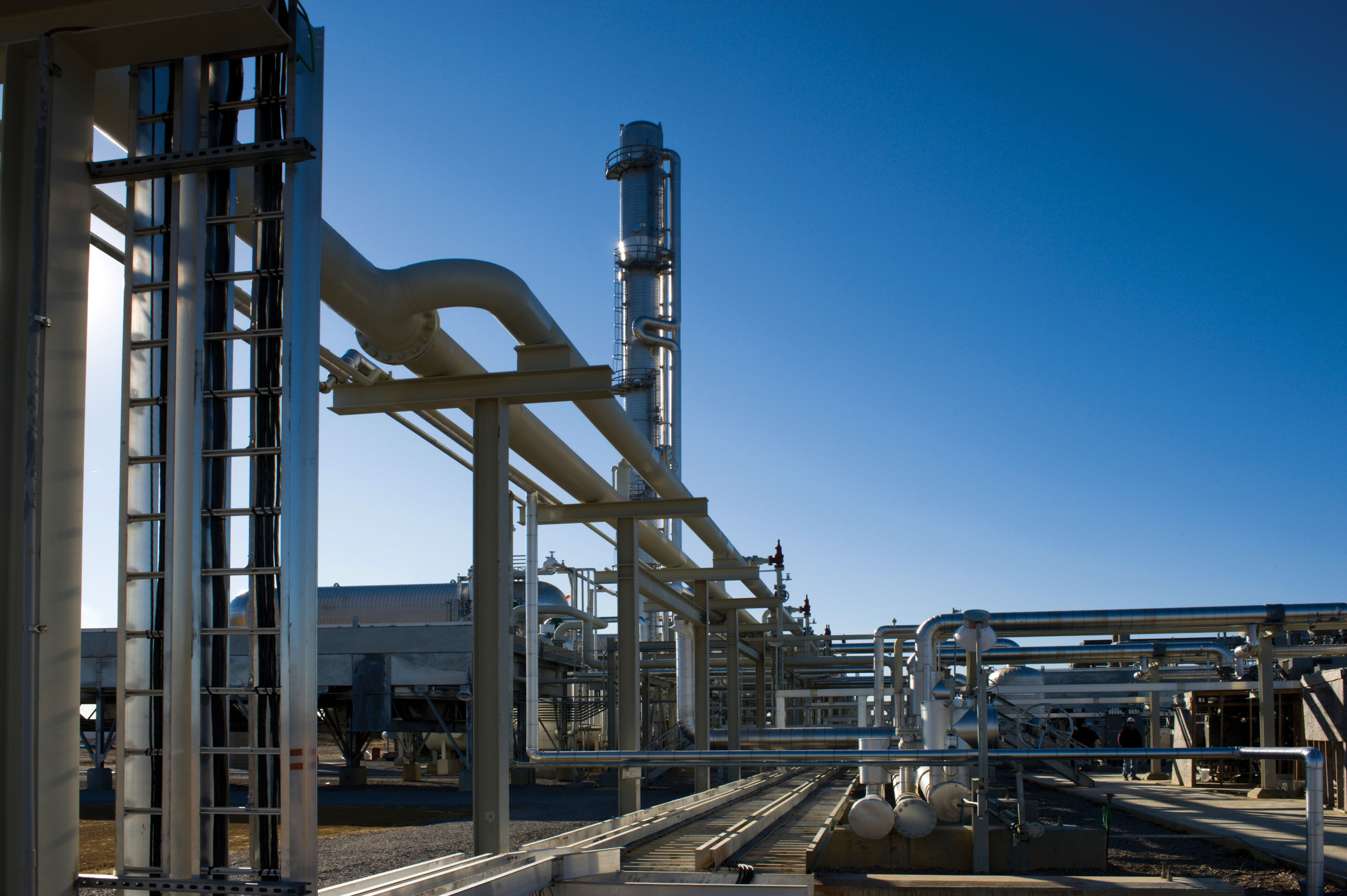How the United States became a shale gas superpower

An interview by Energia Oltre with Gianni Bessi, energy expert, on the role of the US in the gas market and on LNG supplies to Europe
"The US from simple customers has become a competitor of traditional petrostates, thanks to the potential of production, supported by technological innovation that allows the exploitation of previously 'dormant' fields, to new projects and infrastructures", explained to Energia Oltre Gianni Bessi , regional councilor in Emilia-Romagna and author of Natural Gas. The energy of tomorrow (Innovative Publishing, 2019).
"The great game", he continues, "comes from afar, from the two world wars when the United States decided to put the 'boots on the ground' on European soil: the victory of the USA, which resulted in the liberation of Europe and the end of the British Empire led them to become the new global power, at sea, on land, in the air and in space ”.
Where is American LNG produced?
After that of Barnett Shale in Texas, which I recalled in the previous conversation, in 2008, four other fields went into production, Haynesville Shale, in Louisiana and Texas, Faytteville Shale, Arkansas, Woodford Shale, Oklahoma and Marcellus Shale, which has the its heart in Pennsylvania, but stretching from Virginia to New York.
Estimates indicate reserves of 14 trillion cubic meters: only the Ghawar field in Saudi Arabia has a larger size while Marcellus Shale could be the largest natural gas field in the world, even larger than the gigantic North Field in Qatar. Without forgetting the gigantic 'Permian field' whose borders go from Texas to New Mexico.
Where and how is US LNG transported?
As for the eastern markets through the Panama Canal, which was enlarged in 2016 with a doubling of capacity. In 2021 the canal recorded transits for 516.7 million tons, with an increase of 8.7 percent compared to 2020. The transits of LNG ships are in the lead, with an increase of 31.4 percent compared to last year.
But now Europe has become the first customer.
Washington has never forded only to the east and has started an export with the LNG gas carriers that from the Sabine Pass terminal of the Cheniere Energy company go to the Polish terminals and that of Klaipeda in Lithuania. It was the way to put a foot in the European gas market and file Russian supply quotas in the countries of the former Iron Curtain.
Will the US manage to replace Russia as a gas supplier to Europe?
The first indications that have arrived in the last period from the US are unfortunately not comforting. The leaders of the companies, all privately held, which manage vast reserves of oil and natural gas, which could theoretically alleviate the European energy crisis, have said they will not be able to increase supplies quickly enough to prevent winter shortages.
In short, don't they give us a hand because they can't or because they don't want to?
Both, really. First the 'can't'. Wil VanLoh, head of the private equity group Quantum Energy Partners, reiterated that it is not possible to pump more gas and oil than this and that production is what it is. Therefore, there is no bailout on the way either on the oil or gas front ”.
No US-made bailout then.
The scenario is controversial because everything must be framed within two central aspects of the energy crisis: the time to find solutions is increasingly reduced and there is no effective Plan B on the horizon. In this situation, the Americans also need new capital. Let's not forget that the American shale gas companies were suffering from the 2018-2019 downward price war where the Russia and OPEC countries axis had tried in every way to stress the cost part of the American companies. Now that they have come out of it they do not want to relapse: in this bullish period they have gone to write off the debt they had contracted ”.
And then there is the obstacle of contracts …
"Indeed. Another limiting factor that comes from Europe is that there is no guarantee of long-term offtaking: the EU continues to confirm that in 5 years the demand for gas will drop significantly due to investments in green production, therefore Europe is in essentially a 'futures market'. And this fact does not encourage investment in shale. But I'm not sure we did the math well ”.
(Extract from a series of articles published on Energia Oltre here , here and here )
This is a machine translation from Italian language of a post published on Start Magazine at the URL https://www.startmag.it/energia/shale-gas-stati-uniti-bessi/ on Sat, 22 Oct 2022 05:48:56 +0000.
